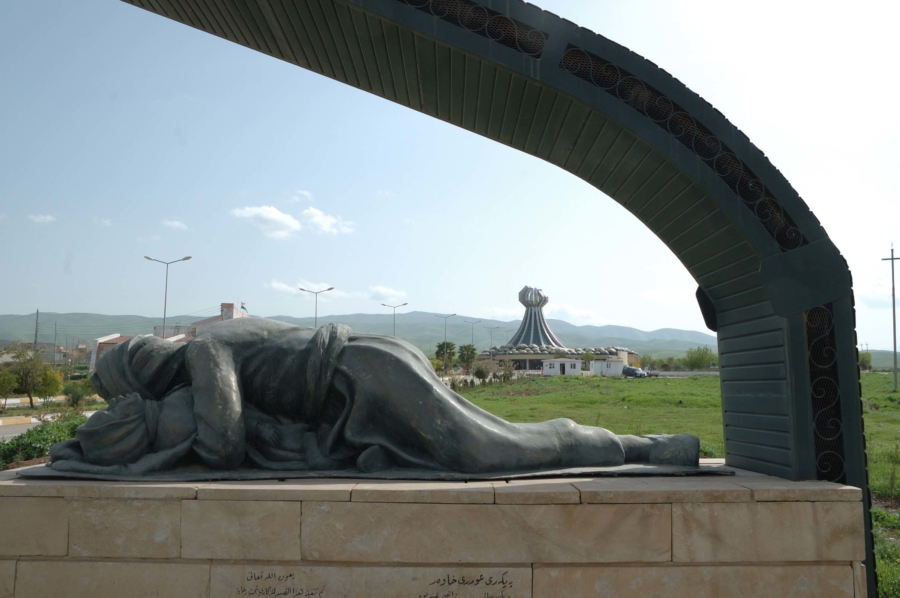The city of Nimrud was an Assyrian city, its surviving ruins are located 30 km south of Mosul in present-day Iraq, founded in the thirteenth century BC. In the ninth century BC, it became the capital of the Neo-Assyrian Empire at the time of King Ashur-Nasirpal II, and was destroyed in the year 612 BC by the Chaldeans and the Medes. Later, the rest of the monuments were vandalized by ISIS in Mosul in 2015, and the ancient city was reconstructed and restored in cooperation with UNESCO in 2017.
The name of the city appears in the Assyrian texts in the form of Kalhu. As for the name Nimrud, it is most likely a modern appellation derived from the Nakhi character “Nimrud.” The oldest mention of this name belongs to the German traveler “Carsten Niebuhr” who visited the city’s site in the year 1766 AD.
The main temple in Al-Hadar (a flexible temple) relied on huge columns of a large scale, as well as the use of the triangle known to be used in Roman architecture, which is based on columns that are less in diameter and that are based on a platform above the ground in the sacred part of the temple.
Translation from:
















